Health & Wellbeing
Our experts show you simple and effective ways to stay healthy and active, so you can live your passions every day.

How I cured 14 years of back pain
Elizabeth was in chronic pain for more than a decade – until she discovered a solution that really worked.

Easy food swaps to boost your health in 2026
10 simple alternative items that can have a big effect on your health – without depriving you.

The health numbers to know – and the ones to ignore
As we get older, our health stats can flag early signs of conditions such as heart disease and diabetes.

What really works to ease muscle cramps
Muscle cramps can be a curse as we age. Why do they happen and what’s the best way to get rid of them?

Prostate and eyecare patients among the first to benefit from new online hospital
9 specialist areas of care will fall under the remit of NHS Online when it launches in England next year.

Why spending time on your phone and computer is good for your brain
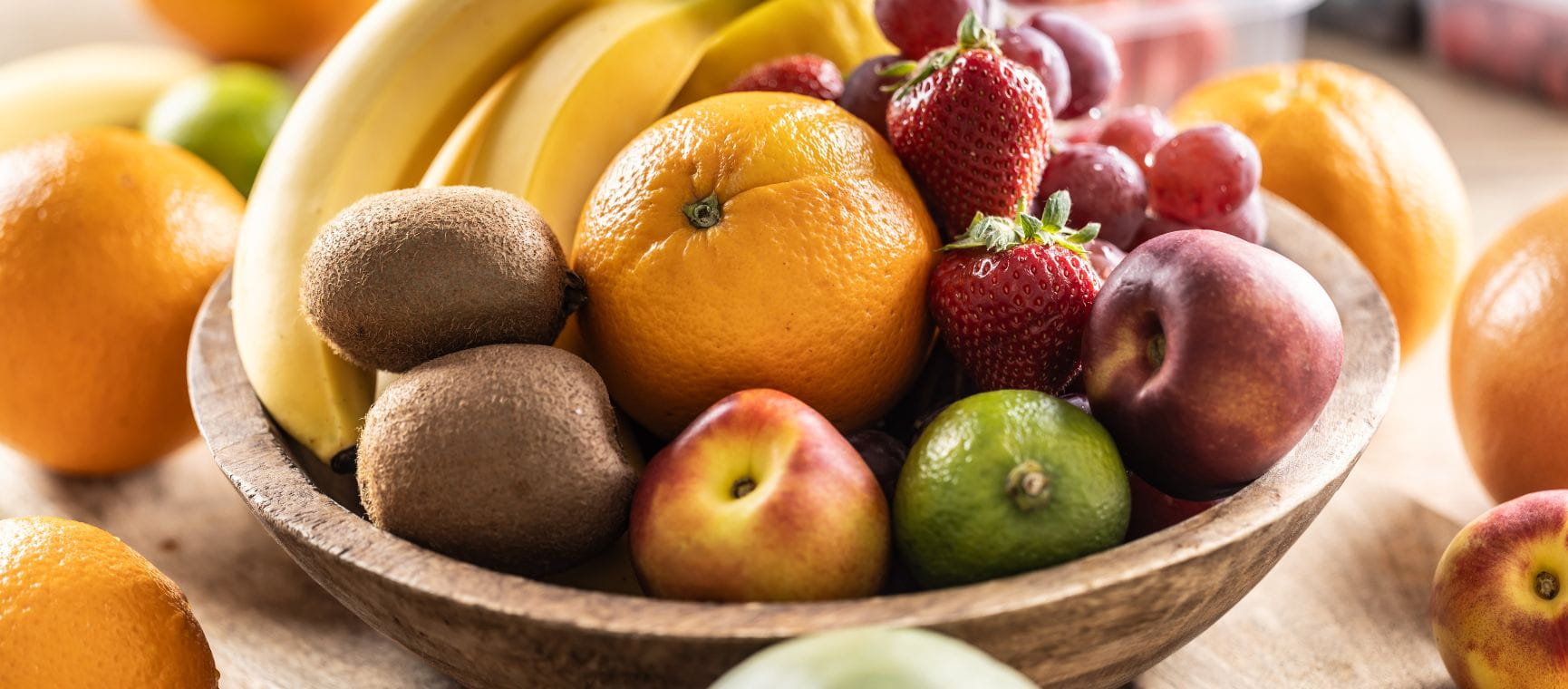
The healthiest fruits revealed, plus a few that aren’t worth the fuss
All fruit has benefits, but which ones really shine? Our ranking reveals the best and worst to eat.
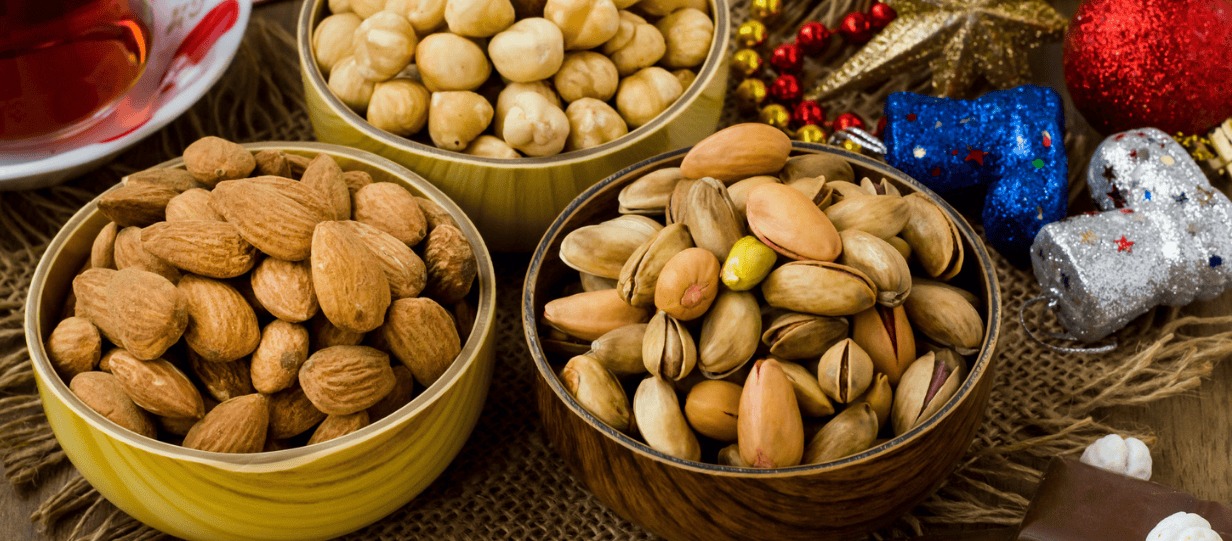
Which nuts are healthiest? 6 of the best with benefits
Let’s roast the myths! Not only are nuts less fattening than once feared, research shows they can cut the risk of heart disease too.
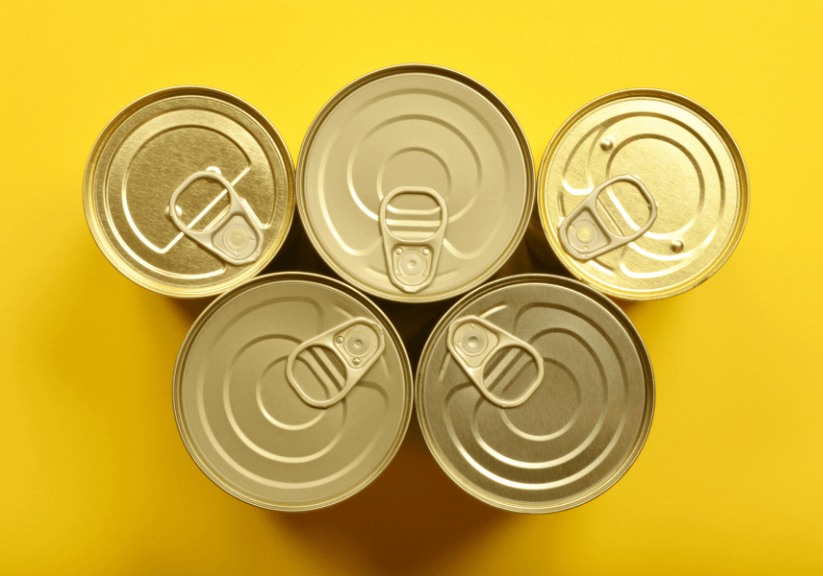
The 49p tinned food that can boost your brain, bone and heart health
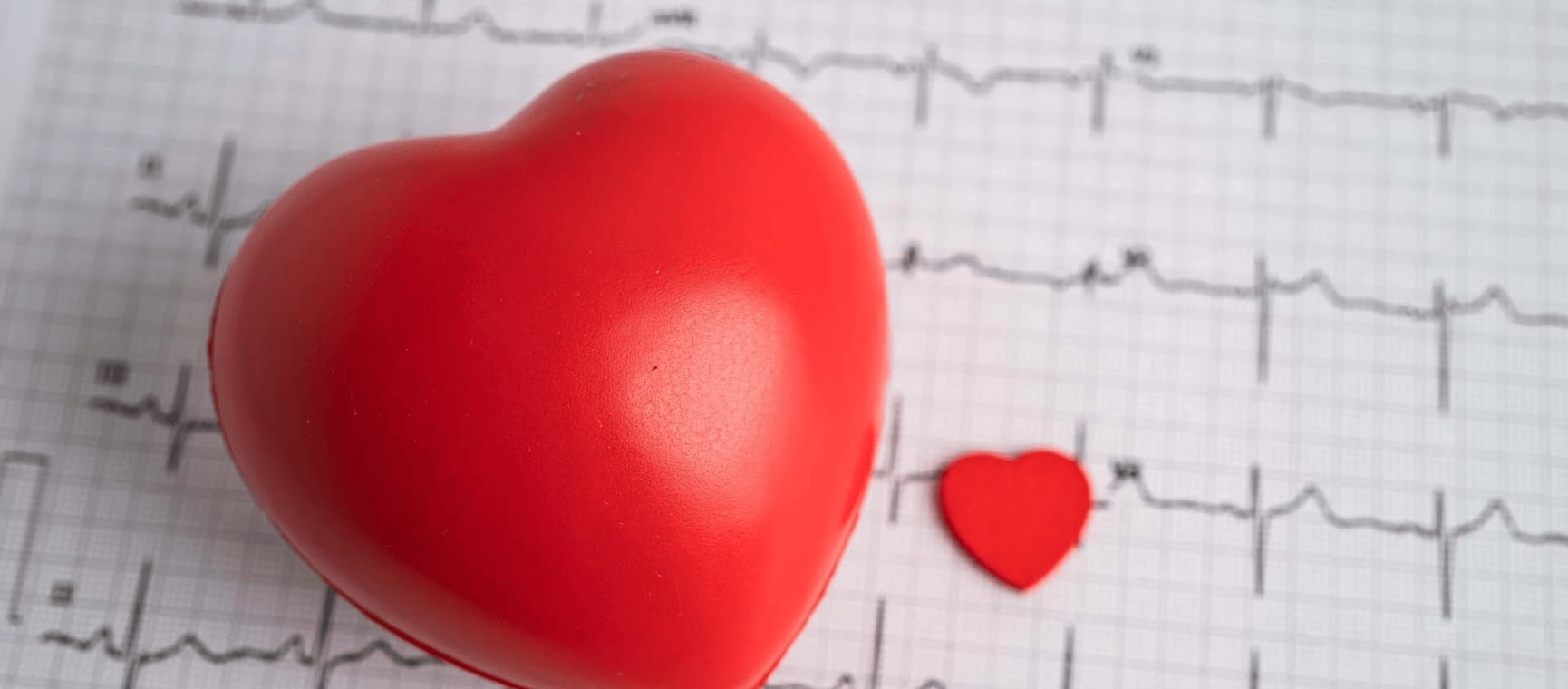
The unusual heart attack symptoms you need to know
Do you know the symptoms of a heart attack? Here’s what to look out for, and how to prevent one.

7 unusual and early signs of dementia you might miss
Memory loss is seen as the main symptom of Alzheimer’s and dementia, but in the early stages there can be many others.

The crucial signs of a stroke, and who's at risk
Facial weakness, a sudden headache and dizziness can all be signs of a stroke, we've got the facts from an expert.

The best and worst cheeses for your health
We've ranked popular cheeses best to worst for their health credentials.
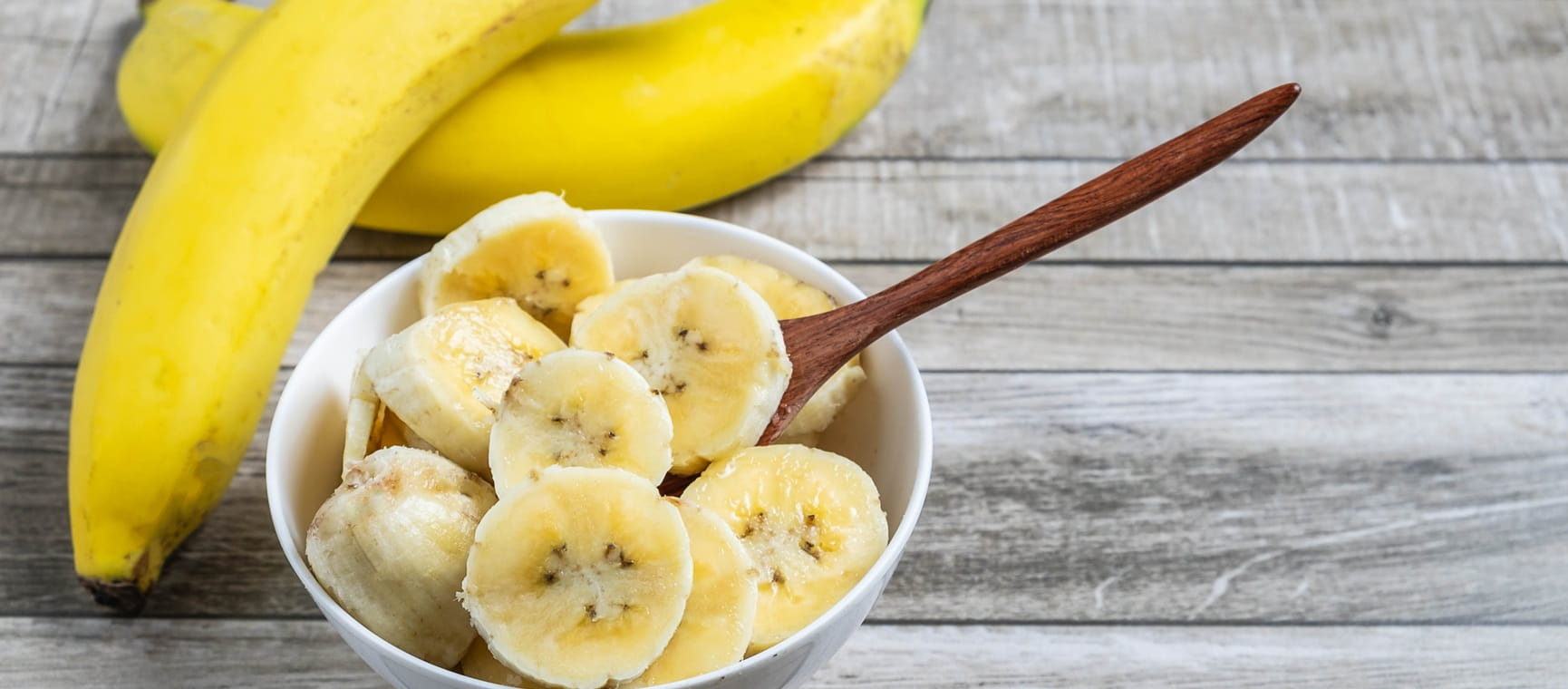
The 10 health benefits of bananas – and who should avoid them
We reveal the banana super-powers you might not know about – and why this yellow fruit isn’t great for everyone.

For a limited time, enjoy 3 issues of Saga Magazine for just £1. Receive the next 3 print editions delivered direct to your door, plus 3 months’ unlimited access to the Saga Magazine app—perfect for reading on the go.
Don’t miss your chance to experience award-winning content at an exceptional price.
Play our free daily puzzles
Beat the boredom and exercise your mind with our selection of free puzzles.



